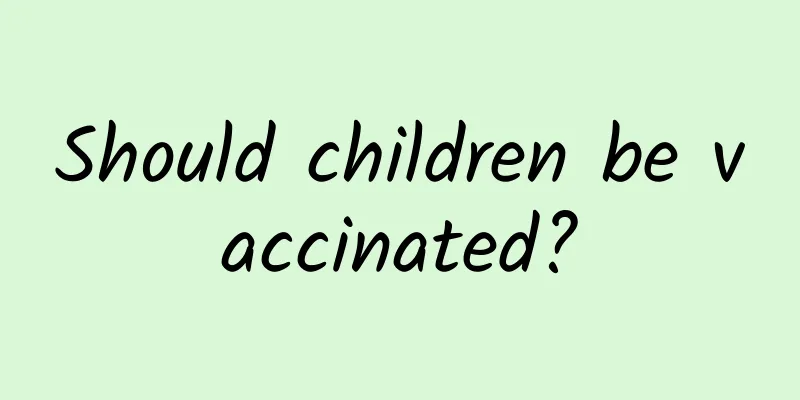Symptoms of unsuccessful blastocyst transfer

|
If the blastocyst transfer is unsuccessful, symptoms such as abdominal pain and vaginal bleeding will occur. Generally, if there is heavy vaginal bleeding 10 days after the blastocyst transfer, it proves that the blastocyst transfer has failed. There are very high requirements for women to undergo blastocyst transfer. First, the woman's physical health condition must be checked, and whether the uterine environment meets the requirements for conception must be checked. Only then can the blastocyst be transplanted into the uterus. The operation can only be proven successful after the blastocyst has successfully implanted. What are the symptoms of unsuccessful blastocyst transfer? First of all, regardless of whether the blastocyst transplant is successful or not, some symptoms will appear in the body. Some women will experience vaginal bleeding or abdominal pain, but these symptoms cannot determine the failure of the blastocyst transplant. If a woman bleeds every day like menstruation ten days after the blastocyst transplant, it may be that the blastocyst transplant has failed. Secondly, before women undergo blastocyst transplantation, they need to pay attention to many things, such as conditioning their bodies, not eating cold foods, doing more exercise, and undergoing the transplantation when there are no physical problems. This will increase the probability of success, and they will suffer less physical and mental torture, and try to make the transplantation a success in one go. Another point is that blastocyst transfer is a non-invasive surgery, and the process only takes about five minutes. Women do not need to be too nervous. As long as they rest well, eat well and have plenty of energy on the day, they will be fine. They should maintain a calm mood and not be impatient. On the morning of the transfer, they should drink less water or no water. After the transfer, they should try to rest in bed for two days. What are the reasons that may cause the development to stop after blastocyst transfer? 1. Reproductive endocrinology After the blastocyst is transplanted into the female's uterine cavity, three important hormones are needed: estrogen, progesterone, and chorionic gonadotropin. If the female body does not produce enough endocrine hormones, the blastocyst will lose the nutrients needed for growth and will stop developing. 2. Uterine problems The uterus is where the blastocyst grows and develops. Congenital dysplasia, uterine malformation, uterine fibroids and endometrial thickness can cause the blastocyst to stop developing. 3. Polycystic ovary Patients with polycystic ovary syndrome show problems caused by endocrine disorders and imbalance of hormone system. High concentrations of luteinizing hormone and excessive androgen lead to reduced endometrial receptivity, changes in the developmental environment of the blastocyst, and thus cessation of development of the blastocyst. |
<<: Mirena ring menstruation is always not clean
>>: Will wearing Mirena IUD make me age faster?
Recommend
Shocking news! The neck lump is actually a 40cm long parasite infection! Beware of these symptoms
Recently, the General Surgery Department II of Xi...
Laser treatment of cervical erosion
I believe everyone is familiar with the disease o...
I just got pregnant and my underwear is wet due to excessive vaginal discharge
The fusion of male sperm and egg cell will become...
Why do you suffer from night sweats after childbirth?
Many women who have just given birth are extremel...
What is the reason for a woman's lower abdomen to have gas?
In life, some women often have symptoms of lower ...
Oath: Survey Report on Video Preferences of American Millennials
American millennials typically watch comedies, ac...
What does bayberry taste like? Another name for bayberry in ancient times
Bayberry, also known as Shengshengmei, Baidimei, ...
To protect your teeth, you need to pay attention to these dietary factors
We have all heard of the idea that "eating s...
Weight loss method for damp-heat constitution, a good way to lose weight quickly
Female friends all want to have a slim and slende...
Do you see things distorted? Be careful your eyes are "warning"
If one day, the square doors and windows suddenly...
What does itching on a woman's left hand indicate?
Itchy palms are also a manifestation of skin itch...
What changes will occur during the progression of Parkinson's disease? How to deal with it?
Author: Wang Yichun, Peking Union Medical College...
What are the symptoms of gynecological trichomoniasis
There are various types of gynecological diseases...
My period has not come for more than ten days
Menstruation is very important for women. It is a...









